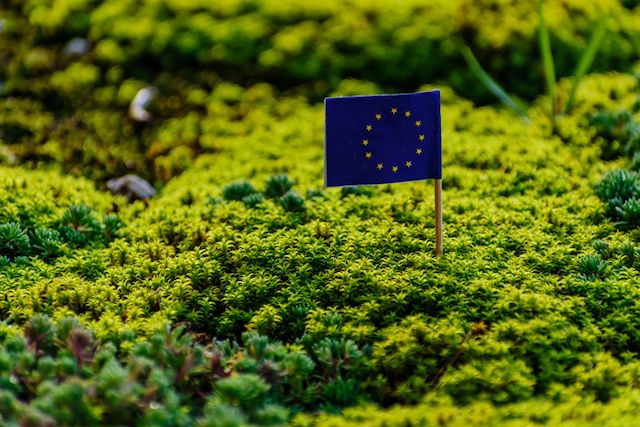As the green bond market is boosted by funding earmarked in the EU recovery plan, that growth could change the characteristics of the nascent market.
Dominika Rosolowska, sustainability funding officer at the European Investment Bank (EIB), explained to Expert Investor that a substantial growth of the green bond market would lead to a better differentiation in the performance and pricing of green bonds.
As they would be issued according to the EU’s newly developed standard, it would support clarity and certainty of green bonds, she said.
“The more supply of EU taxonomy-aligned paper, the better the reference points available to the market to judge relative sustainability and, therefore, also the likely relative performance of different investment alternatives.
“Secondary outperformance is already revealing positive market expectations on their future performance,” she explained.
Growth of EU green bond market
The European Council has proposed that 30% of the €750bn EU recovery plan will go towards climate investments.
In a report from middle of July, S&P Global Ratings calculated that would amount to €225bn of possible green bond issuance.
Even if unlikely to come all at once, issuance on such a large scale would “increase the size of the global green bond market by around 89% compared with total issuance in 2019”, the report found.
Michael Wilkins, head of sustainable finance, corporate and infrastructure ratings, at S&P Global Ratings, said that it “would also make the EU the largest supranational provider of liquidity for a green safe asset”.
“In the creation of an EU green safe asset, the potential for diversification and the choice for investors looking to build green portfolios is significantly expanded,” he explained.
The report said that EU green bond issuance would likely prompt the private sector to follow suit, since the EU tends to leverage private money for its investments, for example by co-financing projects.
As of today, the demand for green bonds largely exceeds the supply. The green bond market constitutes only 3.7% of total global bond issuance (see graph below).

Diversification and performance
While the exact size of green bond issuance as part of the EU package is still unknown, observers commented that a full 30% in EU green bond issuance was unlikely.
Nevertheless, assuming such a size, Arnaud-Guilhem Lamy, market head socially responsible investing and financial bonds at BNP Paribas Asset Management, told Expert Investor that it would represent a year of growth and lead to a turnaround in investor sentiment.
“Some investors might still be reluctant to buy green bonds, thinking the market is not deep enough, but with such an additional increase, these concerns would vanish,” he said.
Alban de Faÿ, head of SRI fixed income processes at Amundi Asset Management, added: “New issuance will help diversification and liquidity through an increase in the supply of green bonds.
“Issuers will use this [EU] financial instrument to show their commitments to financing green projects and this may help increase diversification in terms of issuers, sectors, types (investment grade vs high yield), and structures of issuance (loans, bonds, seniority).”
De Faÿ highlighted to Expert Investor that such diversification and the usage of green bond standards would be key for the performance of green bonds.
Lamy explained that “a new big issuer with a comparative risk/return profile may lead to some pressure on spreads”, even though he believed that this pressure is expected to be higher on non-green bonds than on green bonds.







